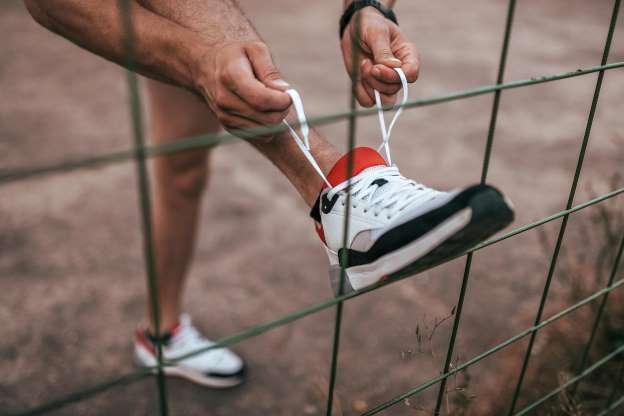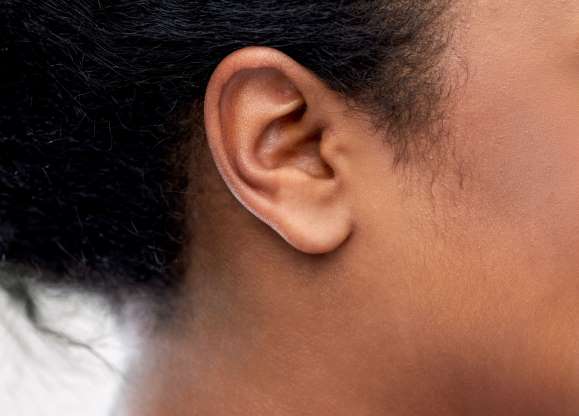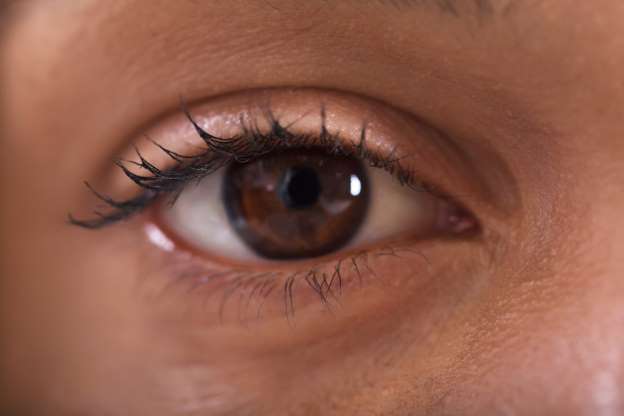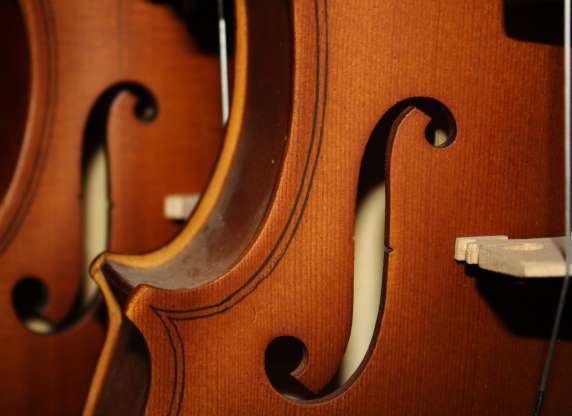Featured July 7, 2019
Short Link:Words for Things You Never Knew Had a Name

English as a meticulous language has words and names even for the most little and unexpected things.
Ariana News Agency-
Aglet
The plastic covering on the end of a shoelace is an aglet. They make it easy for laces to wave through your shoes without unraveling. In ancient Rome, wealthy people made their aglets out of metal, not the plastic of today.
Columella
Your columella is the bottom part of your nose that separates your nostrils. Some people have more of a hanging columella that you could change with plastic surgery. You’ll sound smarter if you drop columella or one of these fancy words that make you sound smarter in conversation.
Ferrule
A ferrule is a rig or cap of metal that strengthens or joins two things. One example of a ferrule is the metal band on the top of a pencil that holds an eraser in place. The word also refers to the cap at the end of a cane, the knob at the hub of an umbrella, and the tube or pipe that fits together with a handle to a paintbrush.
Purlicue
Purlicue refers to the space between the extended thumb and index finger. But it actually has more than one odd meaning. In Scottish, the word means a flourish at the end of a pen stroke, or the end of a discourse.
Tragus
The tragus is the little lump of flesh in front of the ear canal. When you want to cover your ears from noise, it’s the little nub that you press down. Your tragus is one of the 17 body parts you didn’t realize have names.
Ullage
The empty space between the bottle top and the liquid is an ullage. This leaves enough space, so bottles don’t leak.
Caruncle
If you ever get sand in your eye, it likely forms in the caruncle—the small, pink inner corner of the eye. It’s one of the parts of the body that gets very little credit. Neither do these 8 strange body parts and their surprising purposes.
F-hole
The opening in a violin is an F-hole. The violin previously had half-moon, flame, S-shape, and other designs before the standard F-hole.






